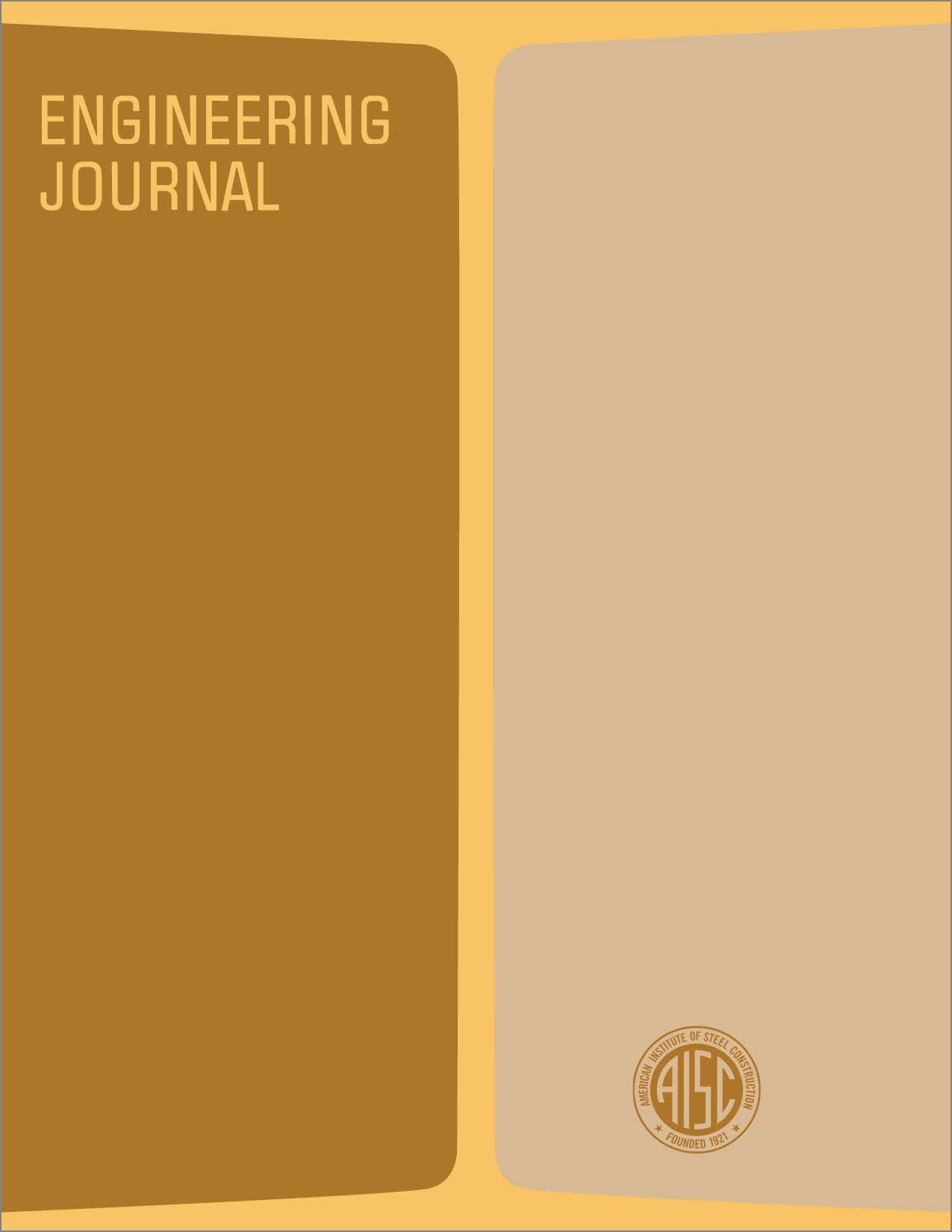Design of an Eccentrically Braced Steel Frame
DOI:
https://doi.org/10.62913/engj.v15i3.319Abstract
In the design of earthquake resistant structures, two basic requirements must be met. First, the structure must remain serviceable during the ordinary, frequently occurring load applications. This is usually accomplished by designing the structure so that it remains elastic and provides adequate stiffness to limit deflections. The second requirement is to preclude a disaster during a major earthquake. For such an extreme event, considerable inelastic deformation is usually allowed. Thus, structures must possess sufficient ductility and inelastic stability to withstand these extreme excitations. Recent studies have shown that eccentrically braced frames offer considerable potential as seismic resistant structures. They are very stiff and can easily satisfy story drift limitations, and they can be designed to provide excellent inelastic behavior and energy dissipation characteristics. Therefore, such structures are likely to remain serviceable during the smaller, more frequently occurring earthquakes, and prevent collapse during severe, infrequent earthquakes. Eccentrically braced steel frames also appear to be very economical structures, indicating savings for some framing arrangements on the order of 30% in weight of steel over unbraced frames. This unique structural system offers several design advantages, but it also employs several unusual design requirements. The purpose of this paper is to summarize these special design requirements and to show a simple example illustrating their application.

